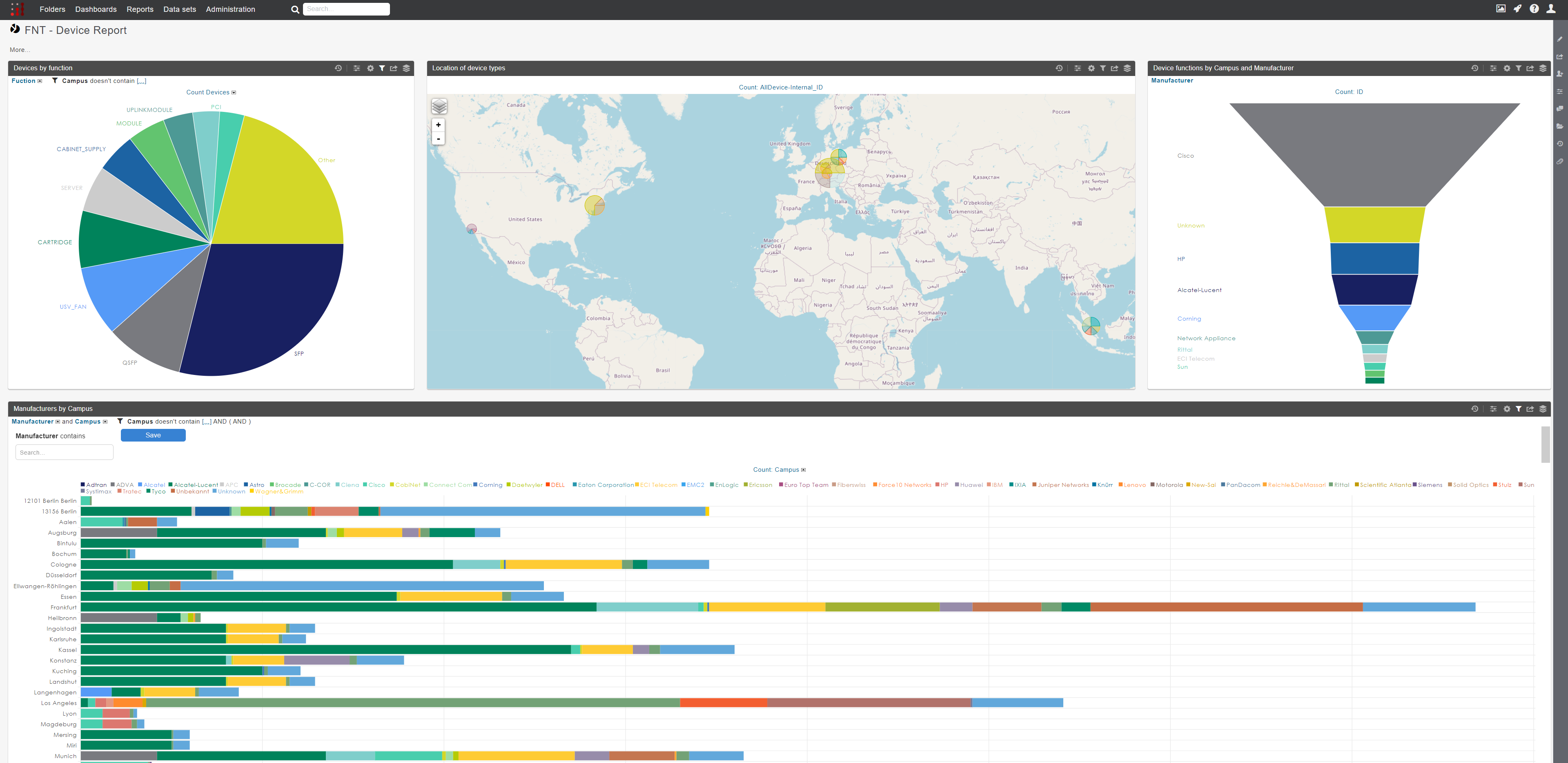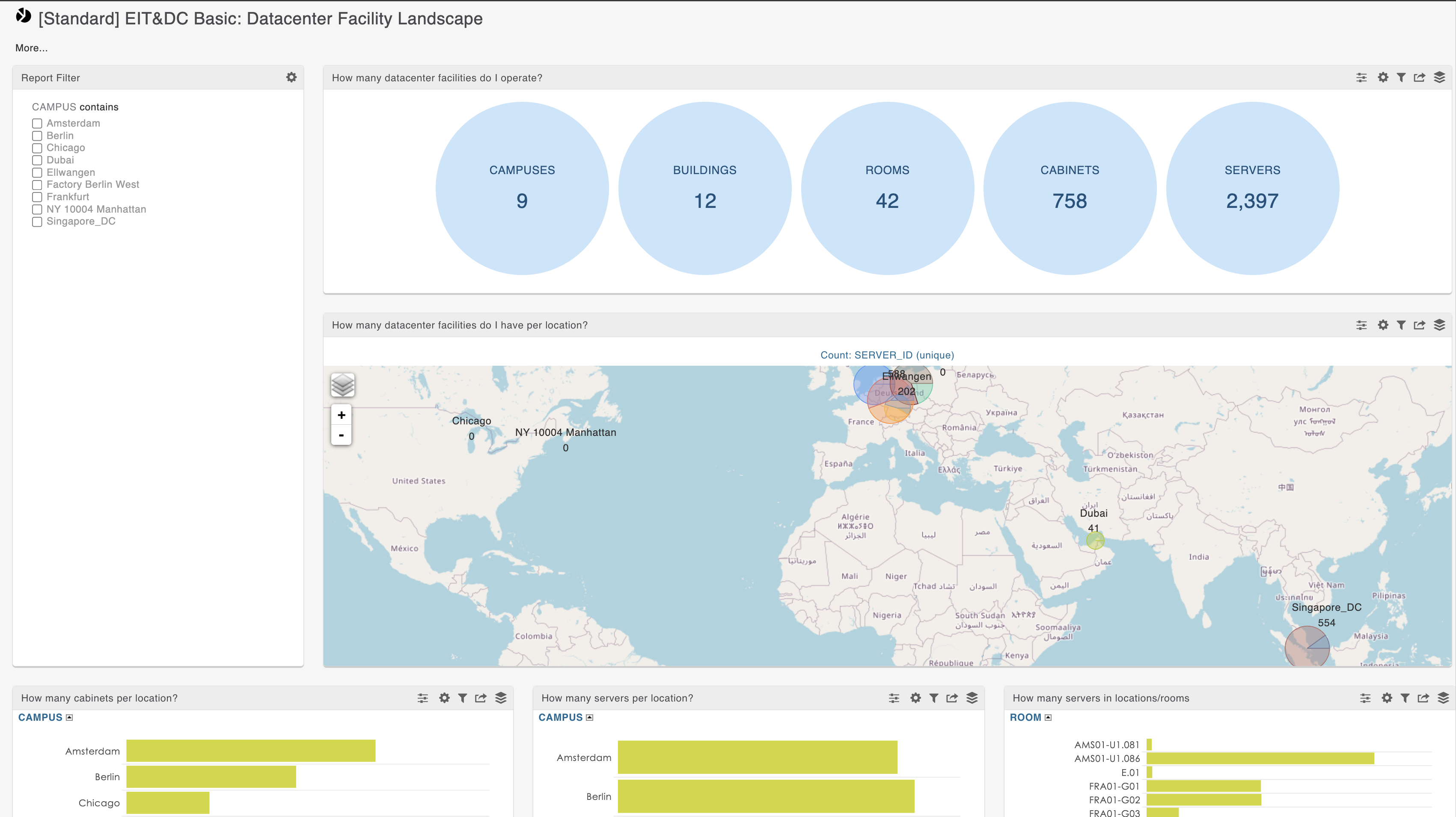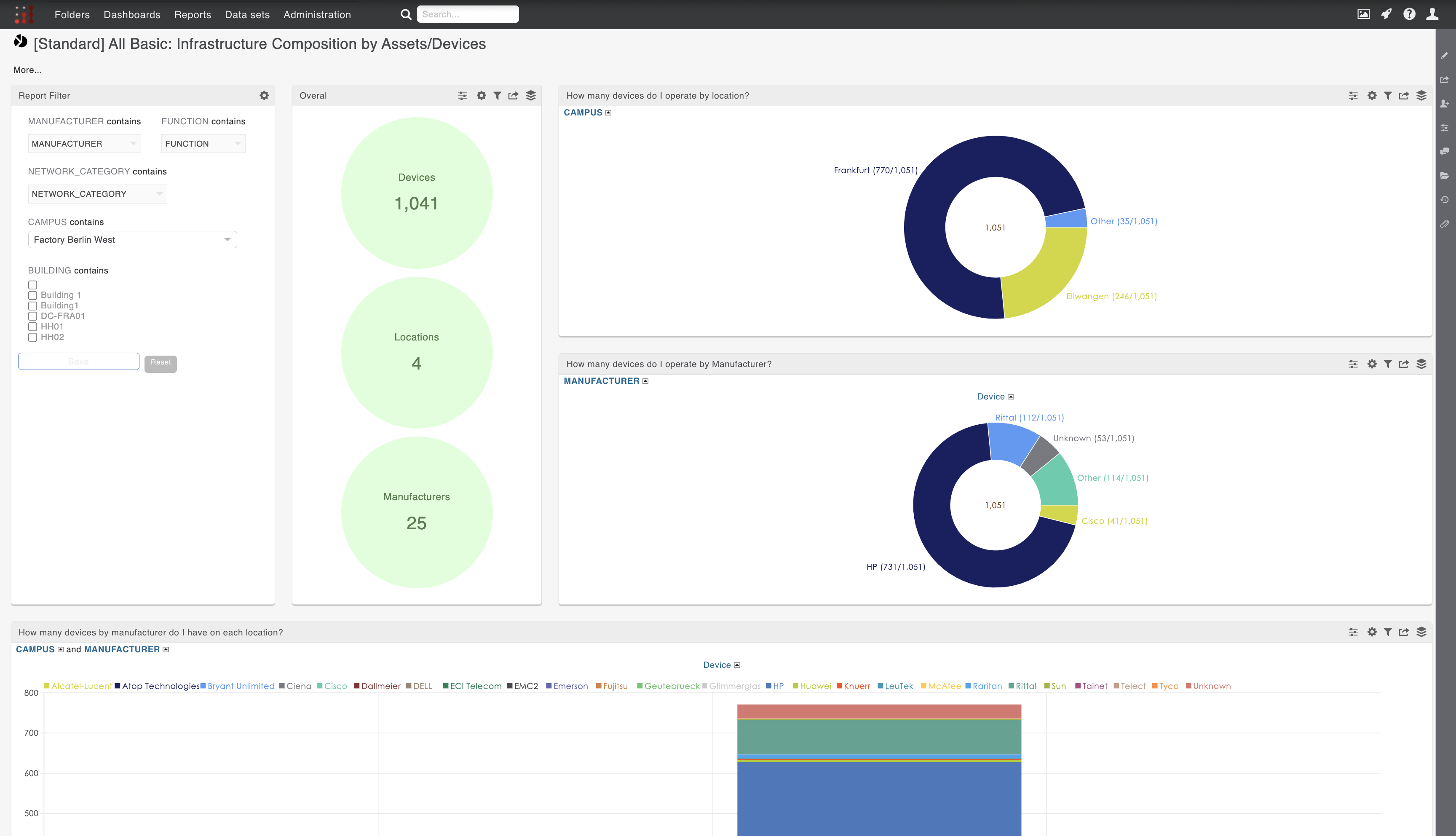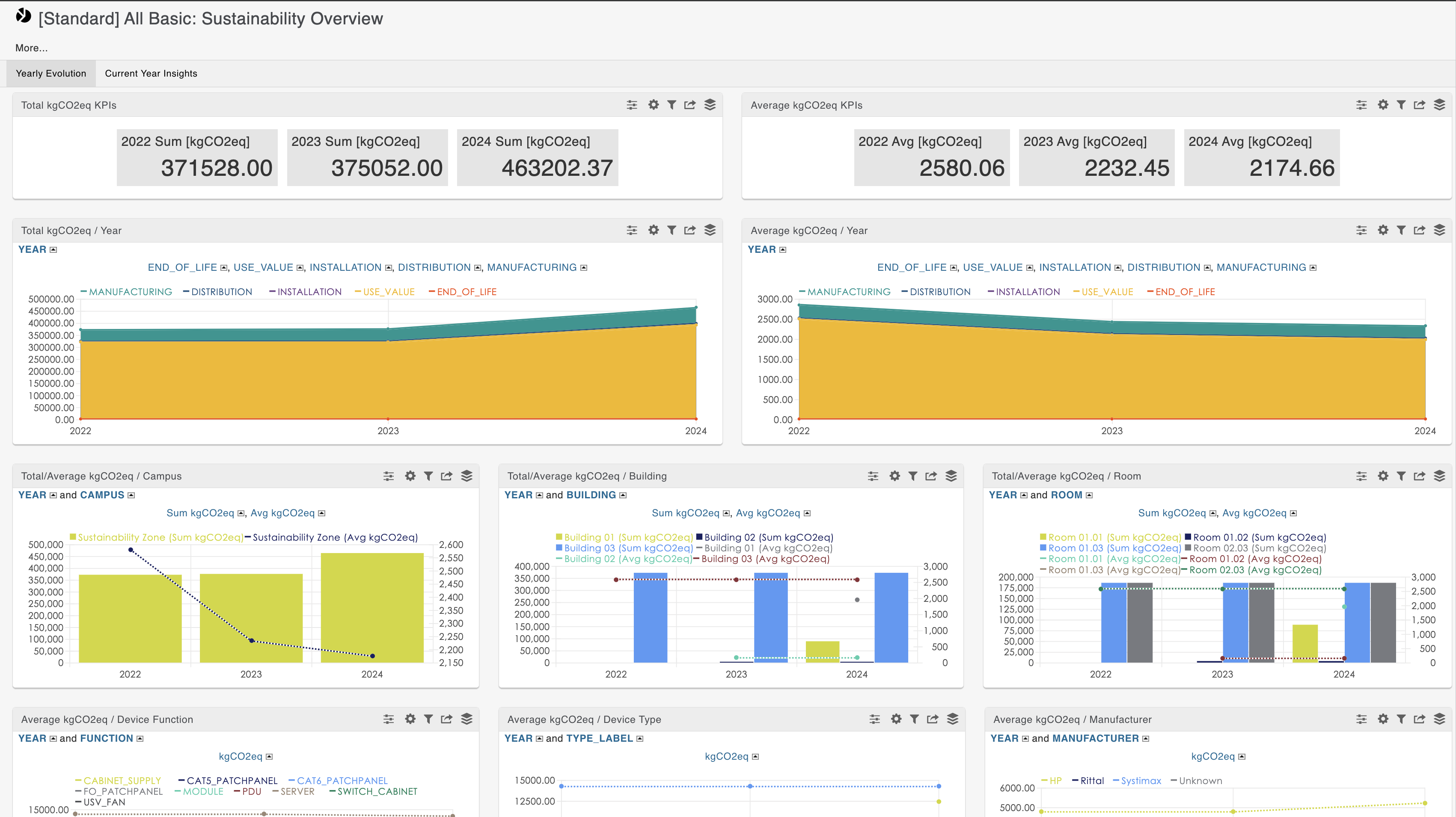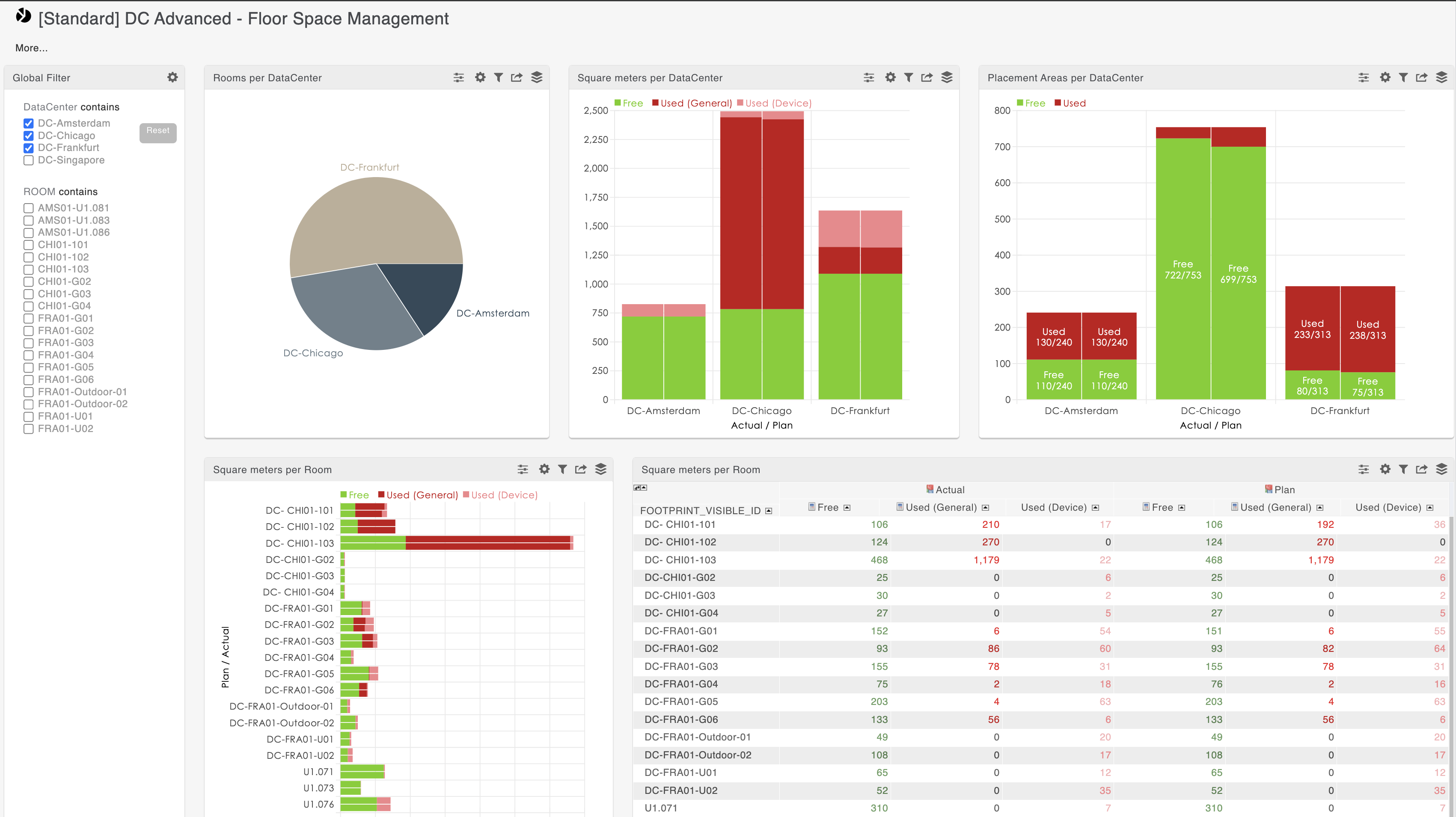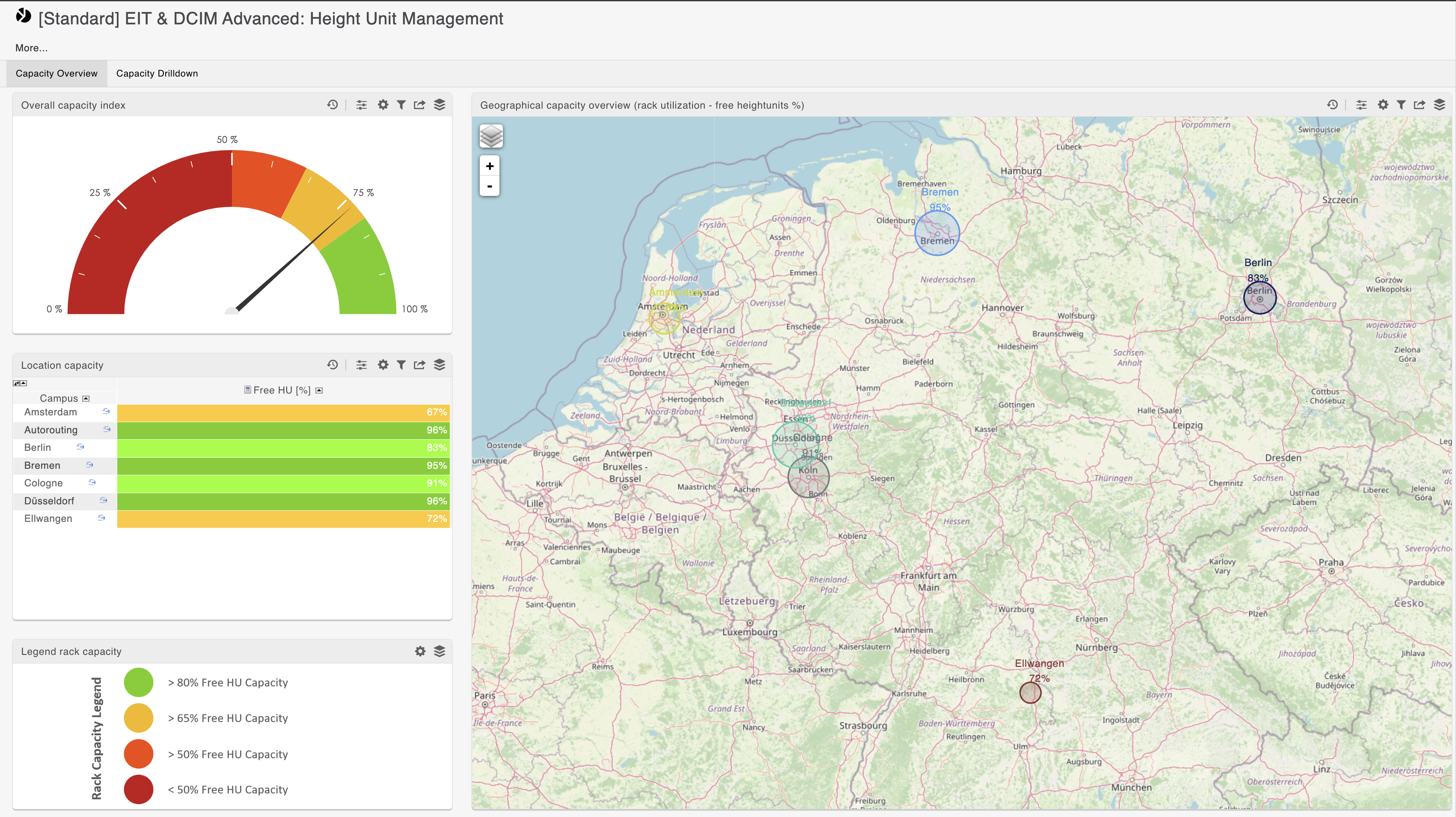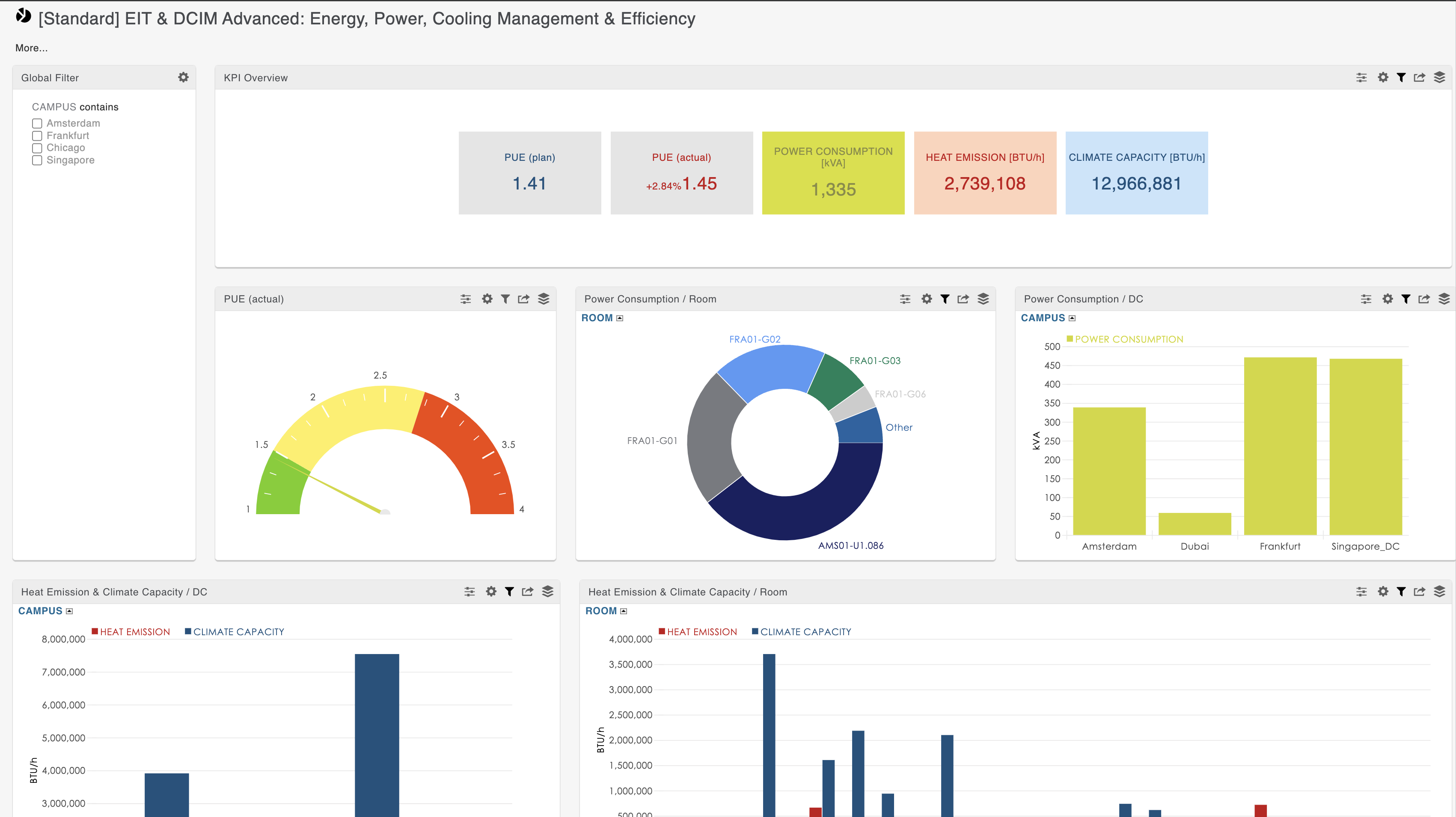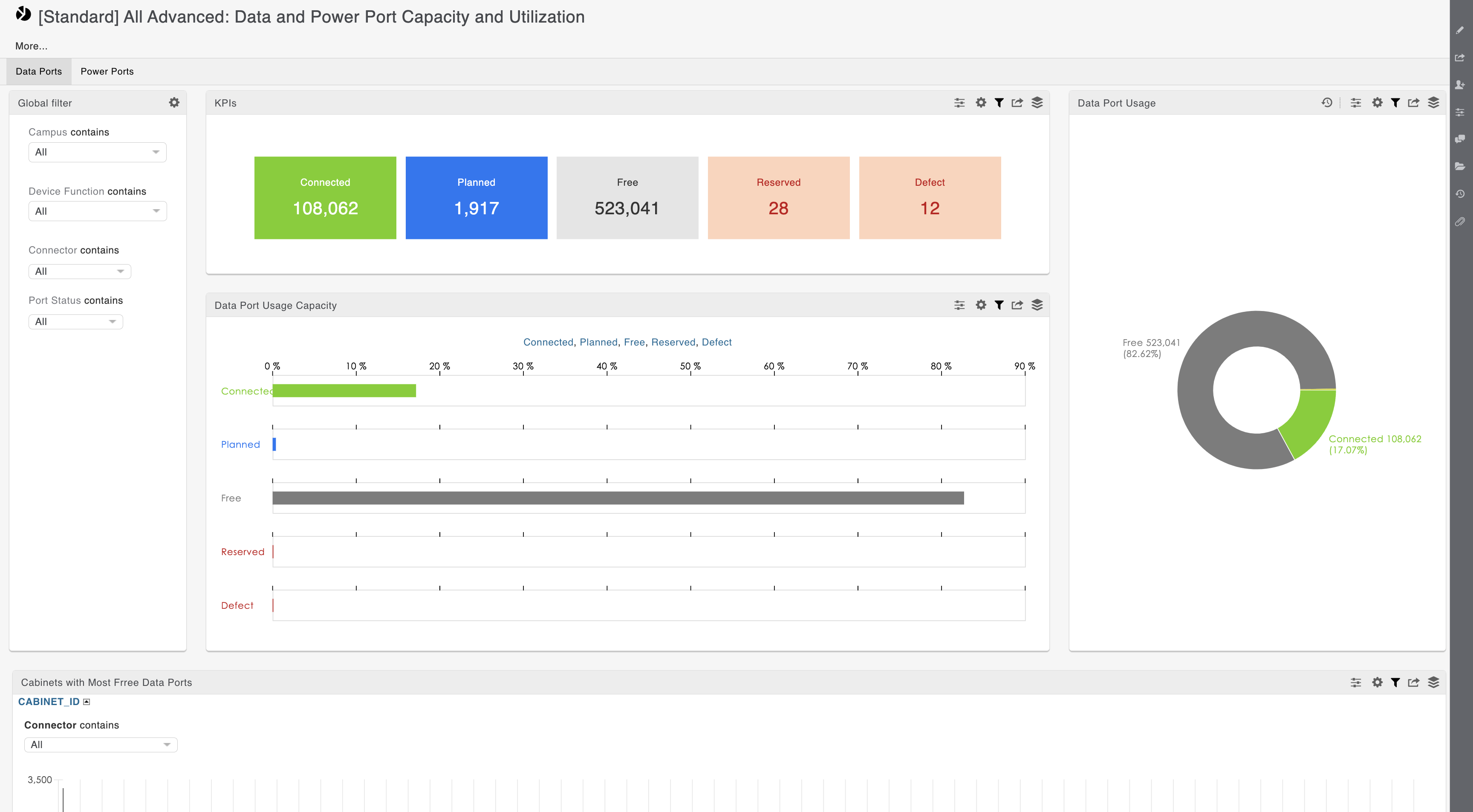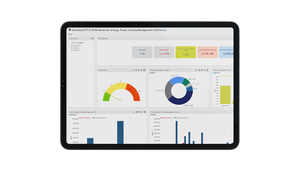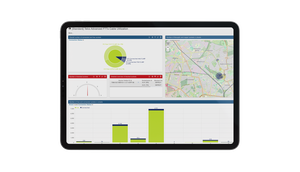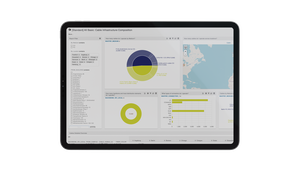Infrastructure Composition by Assets/Devices
Data Center Facility Landscape
Differentiate your data center facilities by type and associate attributes such as size (number of racks/ cabinets) and location (zone, geography) and transform your data center management into a proactive, value-generating asset for the organization.
Business Value:
- Resource Optimization
- Reduced Downtime
- Simplified Auditing
Cable Infrastructure Composition
Identify where each cable is situated and understand its role within the network – whether it’s part of the backbone infrastructure or local floor distribution.
Business Value:
- Optimized Resource Allocation
- Improved Network Reliability
- Compliance and Risk Mitigation
- Better Planning for Future Growth
- Sustainability
- Enhanced Operational Efficiency
Sustainability
Understand the environmental impact of your data center assets by monitoring the progress of your carbon reduction efforts. Track progress, identify trends, and support data-driven decisions to manage your environmental performance.
Business Value:
- Detailed Emissions Insights
- Trend Analysis
- Informed Decision-Making
- Cost Efficiency
- Enhanced Reporting and Compliance
Height Unit Management
Track utilization rates to plan for future needs and ensure efficient allocation of resources to support growth and operational efficiency.
Business Value:
- Optimize Space and Resource Utilization
- Strategic Planning
- Cost Savings
- Performance Monitoring
- Improved Decision-Making
- Transparency and Reporting
Energy, Power, Cooling Management & Efficiency
Track power consumption, heat emissions, and cooling capacity you can identify areas for improvement, optimize energy usage, and maintain the right balance between heat and cooling.
Business Value:
- Optimized Energy Efficiency
- Reduce Operational Costs
- Improve Sustainability
- Enhance Equipment Performance
- Proactive Issue Resolution
Data Power Port Capacity Utilization
Efficiently manage data and power port capacity in your data centers. By tracking usage, identifying free or defective ports, and optimizing resource allocation you can improve operations and planning for future needs.
Business Value:
- Efficient Resource Allocation
- Proactive Maintenance
- Scalability Planning
- Improved Operational Efficiency
- Cost Optimization


